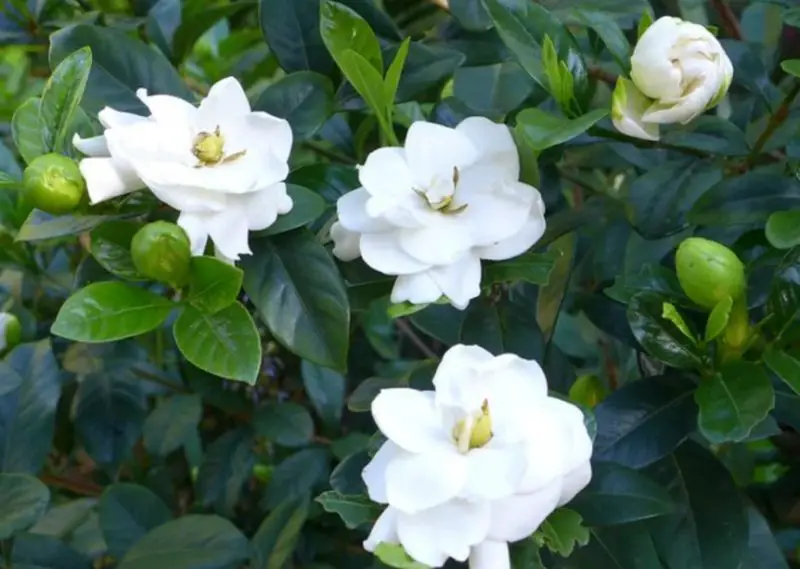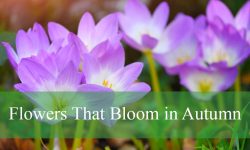Gardenia jasminoides, commonly known as Cape Jasmine, is an evergreen shrub that is widely admired for its captivating fragrance and exquisite white blossoms. Native to China and Japan, this plant is popular among gardeners and plant enthusiasts who appreciate both its aesthetic appeal and its aromatic presence. However, growing and maintaining Cape Jasmine can be challenging due to its specific requirements.
To help you successfully cultivate and care for this delicate plant, we have compiled a comprehensive guide detailing all aspects of Gardenia jasminoides growth and maintenance.
Understanding Gardenia jasminoides

Botanical Information
Gardenia jasminoides belongs to the Rubiaceae family and is an evergreen plant that can grow between two and six feet in height, depending on the variety and the environmental conditions. It is recognized for its glossy, dark green foliage and its showy, highly fragrant white flowers, which typically bloom in late spring to summer. The plant thrives in warm and humid conditions, making it an excellent choice for subtropical and tropical gardens. Due to its ornamental and aromatic features, Cape Jasmine is commonly used in landscape design, as a hedge, or as a potted plant for patios and balconies.
Benefits of Growing Gardenia jasminoides
Growing Gardenia jasminoides offers several benefits beyond its visual appeal. The plant emits a strong, sweet fragrance, which makes it a delightful addition to gardens and homes. The scent is particularly prominent in the evening, creating a pleasant and relaxing atmosphere. Additionally, Cape Jasmine attracts pollinators such as bees and butterflies, making it beneficial for the ecosystem. In traditional Chinese medicine, Gardenia jasminoides has been used for its anti-inflammatory and calming properties, adding to its value beyond ornamental purposes.
How to Grow Gardenia jasminoides
Choosing the Right Location
Selecting the appropriate location is crucial for the successful growth of Gardenia jasminoides. The plant thrives in areas with partial shade to full sun, receiving at least four to six hours of indirect or filtered sunlight daily. However, excessive exposure to direct sunlight, especially during peak summer, can cause leaf scorch. Therefore, it is ideal to plant Gardenia jasminoides in a spot where it receives morning sunlight and afternoon shade.
Temperature plays a significant role in the plant’s growth. The ideal temperature range is between 65-75°F (18-24°C). Extreme temperature fluctuations can stress the plant, leading to flower bud drop and reduced overall health. Additionally, Gardenia jasminoides requires high humidity to flourish, making it an excellent choice for tropical or subtropical gardens. In drier climates, humidity can be increased by misting the plant regularly or placing it near a humidity tray.
Protection from strong winds is also essential. Wind can damage delicate flowers and cause excessive moisture loss from the leaves, leading to dehydration. To shield the plant, consider planting it near a fence, wall, or other windbreak structures.
Soil Requirements
Gardenia jasminoides thrives in acidic soil with a pH level between 5.0 and 6.5. The soil should be well-draining to prevent root rot while retaining enough moisture to keep the plant hydrated. A rich, organic soil mix that includes peat moss, pine bark, and sand is ideal for Cape Jasmine. If the soil in your garden is not naturally acidic, you can amend it by adding organic matter such as composted leaves, coffee grounds, or sulfur to lower the pH level.
Before planting, it is advisable to conduct a soil test to determine its pH and nutrient levels. If the soil lacks essential nutrients, incorporating a balanced fertilizer formulated for acid-loving plants can help provide the necessary nourishment for optimal growth.
Planting Cape Jasmine
The best time to plant Gardenia jasminoides is in the spring or early fall when temperatures are moderate. Planting during extreme heat or cold can stress the plant and hinder its establishment. When planting, dig a hole that is twice as wide as the root ball and ensure that the plant sits at the same depth as it was in the nursery container. Backfill the hole with well-amended soil and water thoroughly to help the roots establish.
Spacing is another critical factor to consider. Gardenia jasminoides requires adequate air circulation to prevent fungal diseases. When planting multiple shrubs, space them at least three to six feet apart to ensure sufficient airflow between plants.
To maintain soil moisture and regulate temperature, apply a two-to-three-inch layer of organic mulch around the base of the plant. Mulching also helps suppress weed growth and improve overall soil health.
Gardenia jasminoides Care Guide
Watering
Proper watering is essential for the health of Gardenia jasminoides. The soil should be kept consistently moist but not soggy, as excessive moisture can lead to root rot. Deep watering is recommended to encourage strong root development. Using rainwater or distilled water is preferable, as tap water may contain high levels of alkaline minerals that can affect soil acidity.
The best time to water Gardenia jasminoides is in the morning. This allows excess moisture to evaporate throughout the day, reducing the risk of fungal infections. During hot weather, increase the watering frequency, but always check the soil moisture before adding more water to avoid overwatering.
Fertilization
Feeding Gardenia jasminoides with the right fertilizer is crucial for vibrant foliage and abundant flowering. A fertilizer formulated for acid-loving plants, such as a balanced 10-10-10 or 15-5-10 mix, should be applied every two to four weeks during the growing season. Organic fertilizers, such as compost tea, coffee grounds, or fish emulsion, can also help maintain soil acidity and provide essential nutrients.
Avoid over-fertilizing, as excessive nutrients can lead to leaf burn or reduced flowering. Always follow the recommended dosage and apply fertilizer to moist soil to prevent root damage.
Pruning and Maintenance
Pruning is an important aspect of Gardenia jasminoides care. The best time to prune is after flowering, typically in late summer or early fall. Regular pruning helps maintain the plant’s shape, encourages bushier growth, and removes dead or weak branches.
While pruning, be mindful not to remove too many healthy branches, as this can reduce the number of blooms in the next season. Light pruning throughout the year can help maintain an attractive and compact growth habit.
Pest and Disease Management
Gardenia jasminoides is susceptible to common pests such as aphids, spider mites, and whiteflies. These insects feed on the plant’s sap, causing yellowing and distorted leaves. Using insecticidal soap or neem oil can effectively control pest infestations. Increasing humidity around the plant can also deter spider mites, which thrive in dry conditions.
Diseases such as root rot, powdery mildew, and leaf spot can also affect Cape Jasmine. Ensuring proper air circulation, avoiding overhead watering, and using fungicidal sprays when necessary can help prevent and manage these issues.
Propagation of Gardenia jasminoides
Gardenia jasminoides can be propagated through stem cuttings. The best time to take cuttings is in late spring or early summer. Select a healthy stem with at least three to four leaf nodes and cut it at an angle. Remove the lower leaves and dip the cut end in rooting hormone. Plant the cutting in a well-draining, moist soil mix and keep it in a warm, humid environment. Roots typically develop in four to six weeks, after which the new plant can be transplanted.
Conclusion
By providing the right conditions and consistent care, Gardenia jasminoides can thrive and reward gardeners with its stunning beauty and intoxicating fragrance. With proper attention to soil, water, light, and maintenance, you can successfully cultivate this remarkable plant and enjoy its elegant blooms for years to come.







Thank you very much for the information I attained here.